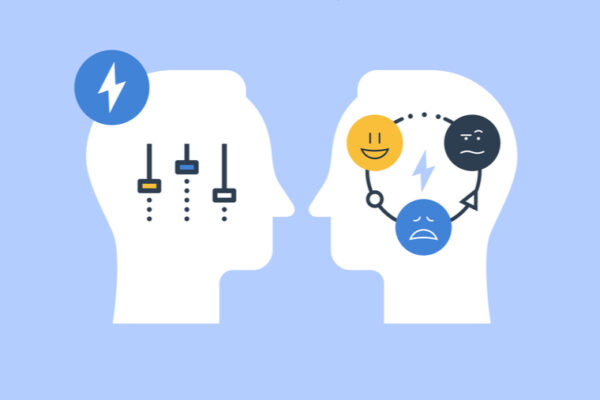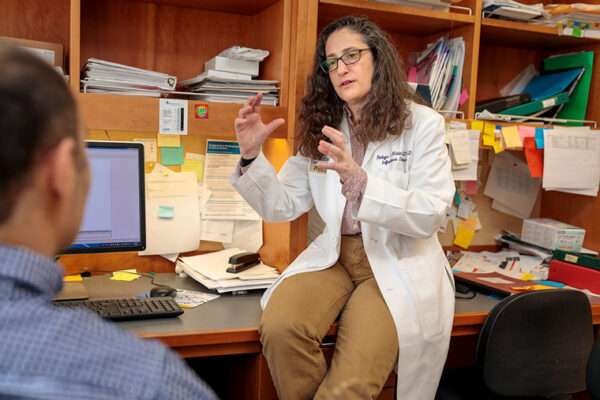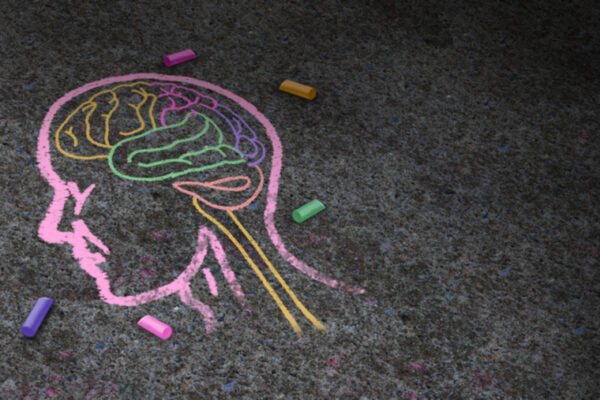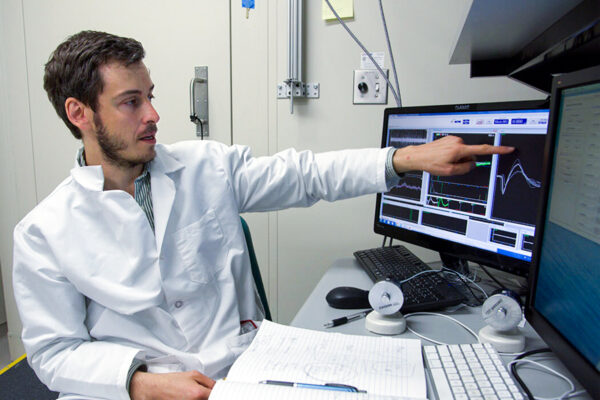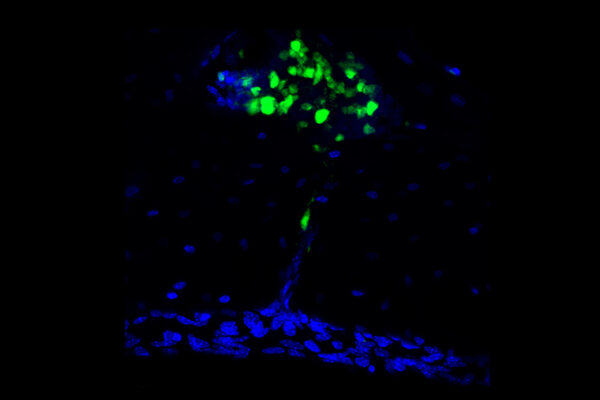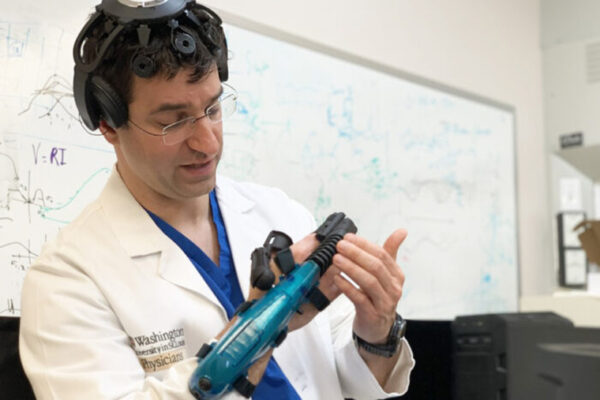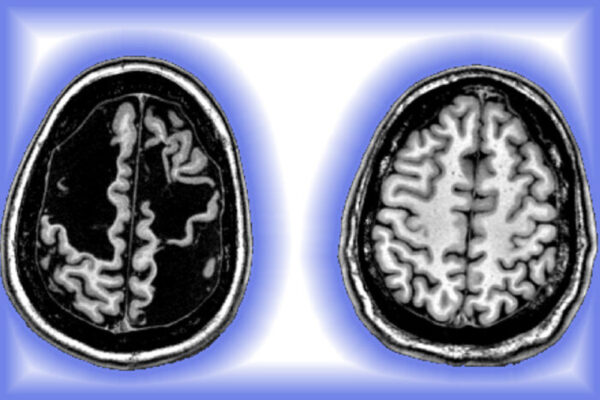Who’s in cognitive control?
A new study into cognitive control from the lab of Todd Braver promises to be the first of many aimed at understanding its origins in the brain and its variations between people and among groups.
Neurons in visual cortex of the brain ‘drift’ over time
New research from physicists in Arts & Sciences reveals that neurons in the visual cortex — the part of the brain that processes visual stimuli — respond differently to the same kind of stimulus over time.
Memory disorders after viral infections focus of $8.7 million grant
The School of Medicine’s Robyn Klein, MD, PhD, has received an $8.7 million grant from the National Institutes of Health (NIH) to investigate how viruses may cause diseases of “pathological forgetting.”
17-year study of children associates poverty with smaller, slower-growing subcortical regions
Research from the lab of Deanna Barch shows a lasting relationship between childhood poverty, brain development.
Study finds brain areas involved in seeking information about bad possibilities
Researchers at Washington University School of Medicine have identified the brain regions involved in choosing whether to find out if a bad event is about to happen. The findings are published June 11 in Neuron.
Studies reveal skull as unexpected source of brain immunity
Researchers at Washington University School of Medicine have discovered that the immune cells stationed in the protective tissue known as the meninges come primarily from the skull. The finding opens up the possibility of developing therapies to target such cells as a way to prevent or treat brain conditions.
Stroke-recovery device using brain-computer interface receives FDA market authorization
A first-of-its kind device that helps people disabled by stroke regain significant control over their arm and hand function by using their minds has received market authorization from the Food and Drug Administration. The system developed by Neurolutions Inc., a WashU startup, relied on innovative multidisciplinary research at the university.
Reagh named APS ‘Rising Star’
Zachariah Reagh, assistant professor of psychological and brain sciences in Arts & Sciences, has been named a “Rising Star” by the Association for Psychological Sciences.
Changing how we see the brain
By studying our brain’s connectome, behavioral neuroscientist Damien Fair is drawing a new map of autism.
Brain rewires itself after injury ‘on the edge of what’s compatible with life’
Nico Dosenbach, MD, PhD, at the School of Medicine, conducted research over six years on a patient who suffered a stroke as a newborn. The case study show “the brain’s remarkable resiliency to rewire itself.”
Older Stories
